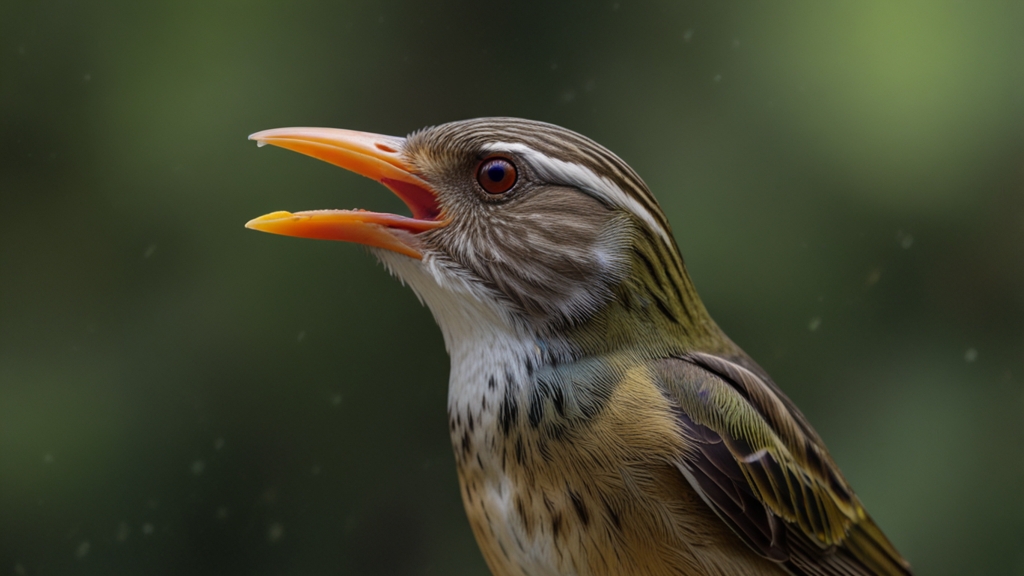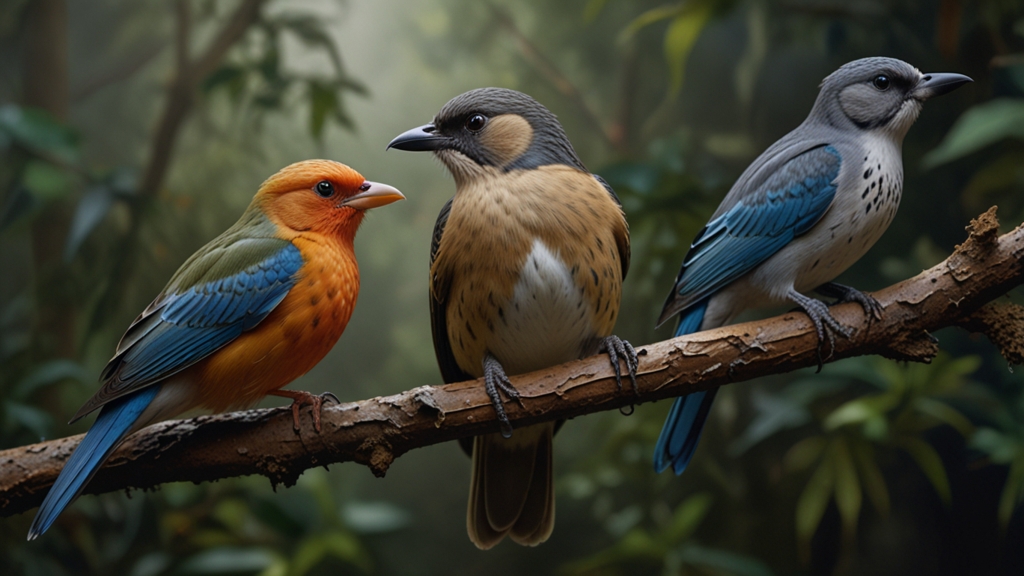Unveiling the Mysteries of Animal Migration Patterns
In the vast and dynamic theaters of the natural world, few phenomena are as awe-inspiring as animal migration. These epic journeys, often spanning thousands of miles, are crucial for the survival and reproduction of countless species. Understanding the intricacies of animal migration patterns is not only a window into the resilience of life but also a key component in conservation efforts worldwide. This article delves into the mysteries of animal migration, exploring various species, the reasons behind their journeys, and the challenges they face along the way.
The Wonders of Animal Migration
Animal migration is a regular, often seasonal movement that is an inherent part of the life cycles of many species. These movements can be triggered by a variety of factors, including changes in temperature, food availability, and mating needs. From the grand African wildebeest migration to the endurance flights of the Arctic Tern, there is no shortage of spectacular examples of migration in the animal kingdom.
One of the most remarkable migratory species is the Monarch butterfly. These delicate insects undertake a journey of up to 3,000 miles from North America to central Mexico, where they hibernate in large colonies. Similarly, the Great Whale migration sees Humpback whales travel up to 5,000 miles from their feeding grounds in polar waters to tropical breeding grounds, showcasing the incredible navigational abilities that these animals possess.
"Of all the wonders of migration, perhaps none is more astonishing than that of the tiny Arctic Tern, which travels from its breeding grounds in the Arctic to its wintering grounds in Antarctica – a round-trip of about 25,000 miles."
The Drivers Behind Migration
The primary motivations for migration are seeking more hospitable climates, searching for food, and finding safe breeding grounds. These factors are deeply intertwined with the survival strategies of migratory species.
For instance, animals like the caribou undertake migratory journeys to follow seasonal growth of food resources, such as fresh grasses and shrubs. Their migration ensures that they have access to nutrients needed for survival and reproduction. Birds, on the other hand, often migrate to avoid harsh winter conditions and to exploit rich food resources available in more temperate regions.
"Migration is not just a journey; it is an evolutionary strategy that allows animals to survive in an ever-changing environment. It is a testament to the resilience and adaptability of life on Earth."
The Challenges of Migration
Migratory paths are fraught with numerous dangers, both natural and human-induced. Predation, extreme weather conditions, and lack of food are traditional challenges that migratory species must overcome. However, human activities such as habitat destruction, climate change, and pollution have added new layers of difficulty to these already arduous journeys.
Take, for example, the plight of songbirds whose migratory routes cross heavily industrialized regions. Light pollution and tall buildings can disorient these birds, leading to fatal collisions. Similarly, the decline of wetlands due to urbanization has severely impacted migratory birds that rely on these habitats for resting and feeding.
Conservation Efforts and Future Directions
Understanding migration patterns is crucial for the conservation of migratory species. Satellite tracking, banding, and other modern technologies have provided valuable data, enabling researchers to map migration routes and identify critical habitats. Conservation initiatives often focus on protecting these key areas and creating wildlife corridors to ensure safe passage for migratory species.
International cooperation is also vital. Migratory species do not recognize national borders, and their protection requires a concerted effort across countries. Treaties like the Migratory Bird Treaty Act and conventions like the Convention on Migratory Species play a crucial role in the global effort to conserve these incredible travelers.
"In preserving the migratory routes of animals, we are not only protecting these species but also maintaining the delicate balance of ecosystems that rely on their journeys."
In conclusion, the mysteries of animal migration patterns continue to captivate scientists and nature enthusiasts alike. As we unveil more about these remarkable journeys, it becomes clearer that protecting migratory species is essential for sustaining biodiversity. By addressing the challenges they face and supporting conservation efforts, we can ensure that these incredible natural phenomena continue to inspire and thrive for generations to come.










